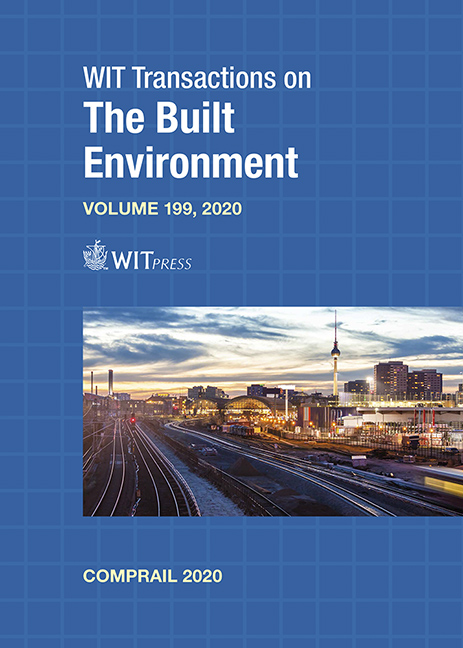INTEGRATED VIEW OF RAILROAD AND PORT TERMINALS: A STUDY ON THE PORT OF SANTOS, BRAZIL
Price
Free (open access)
Transaction
Volume
199
Pages
11
Page Range
215 - 225
Published
2020
Paper DOI
10.2495/CR200201
Copyright
WIT Press
Author(s)
ULISSES FERNANDES ALVES
Abstract
The Development and Zoning Plan (PDZ) for the port complex of Santos estimates that the share of the railway system in cargo handling will reach about 40% by 2040. Thus, it is necessary to implement projects that improve productivity and increase the railway system’s capacity; therefore, it may function with such higher demand. To decide and evaluate investments, we developed a simulation model on the Arena® software, considering the randomness and dynamism of the interaction between the railway and the terminals on the right bank of Santos port. To validate our model, we verified the adhesion results for the simulation for the realized values. From this analysis, we obtained 95% for the number of unloaded cars and 90% for the cycle time. Then, we evaluated the cycle time gain within two investment scenarios. The first scenario comprises a project that aims to increase the productivity of the discharge of grain hoppers from Terminal G; the second encompasses the construction of viaducts and walkways to remove the speed restrictions of the trains for circulation. In the first scenario, our simulation showed a ˜4% decrease in the wagon cycle on the right bank, which corresponds to a saving of around 1.2 million dollars. For the second scenario, the simulation showed a 7% decrease in the right bank cycle, thus saving 2.1 million dollars. Therefore, the model presented in this study allows the evaluation of several scenarios and also provides a consistent technical basis for decision making from an integrated view of the railway and port terminals.
Keywords
rail yard simulation, discrete events, railway, productivity, Port of Santos





